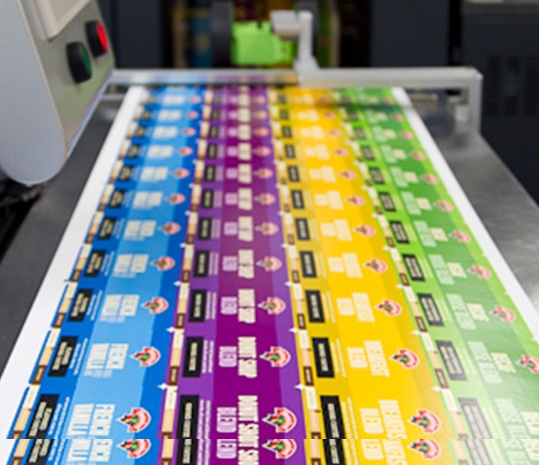Snack box printing is an important aspect of food packaging
Snack boxes not only protects the product inside but also serves as a marketing tool for the brand. A well-designed and printed snack box can attract customers and increase brand awareness.
The snack box printing process typically involves creating a design for the box and printing it onto the exterior. There are several printing methods that can be used for snack box printing, including offset printing, digital printing, and flexographic printing.
Offset Printing
Offset printing is a traditional printing method that uses plates and ink to transfer the design onto the snack box. The design is first etched onto a metal plate, which is then used to transfer the ink onto the box. This method is often used for large print runs and can produce high-quality, vibrant colors.
Digital Printing
Digital printing is a newer printing method that uses a digital file to print the design directly onto the snack box. This method is often used for smaller print runs and can produce high-quality, detailed designs. It also allows for greater flexibility in design, as changes can be made quickly and easily.
Flexographic Printing
Flexographic printing is a high-speed printing method that uses flexible plates and ink to print the design onto the snack box. This method is often used for large print runs and can produce high-quality, consistent results.
When creating a design for a snack box, it’s important to consider the branding and marketing goals of the brand. The design should incorporate any logos, slogans, or other branding elements, as well as any other graphics or text that will appeal to the target audience. The design should also be eye-catching and memorable, as it will be competing with other products on store shelves.
In addition to the design, it’s important to consider the printing materials and process. The materials used for snack box printing should be food-safe and durable, to ensure that the product inside is protected and the box can withstand the rigors of shipping and handling. The printing process should also be high-quality, to ensure that the design is printed accurately and consistently.
Working with a reputable printing company like Apex Print Pac that specializes in snack box printing is key to ensuring that the boxes are printed to the brand’s specifications and delivered on time. The printing company should have experience working with food packaging and be able to provide guidance on the best materials and printing methods to use.
In conclusion, snack box printing is an important aspect of food packaging and brand marketing. It involves creating a design for the box and printing it onto the exterior using various printing methods. The design should be eye-catching and memorable, while the materials and printing process should be food-safe and high-quality. Working with a reputable printing company is key to ensuring that the boxes are printed to the brand’s specifications and delivered on time.


